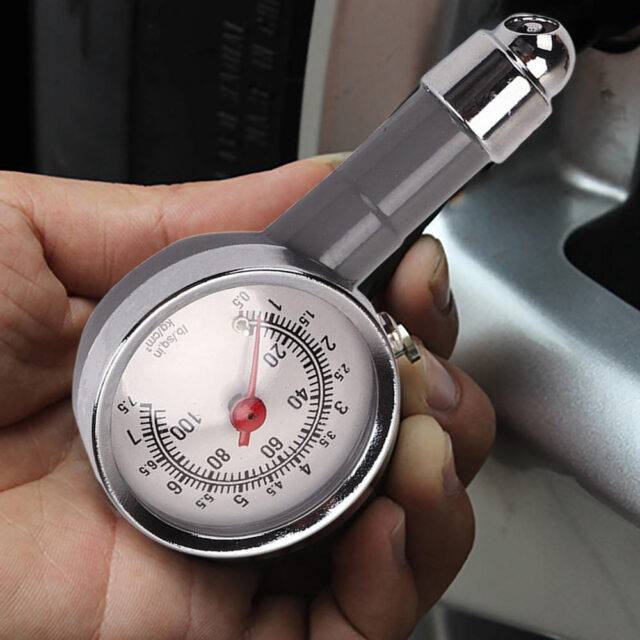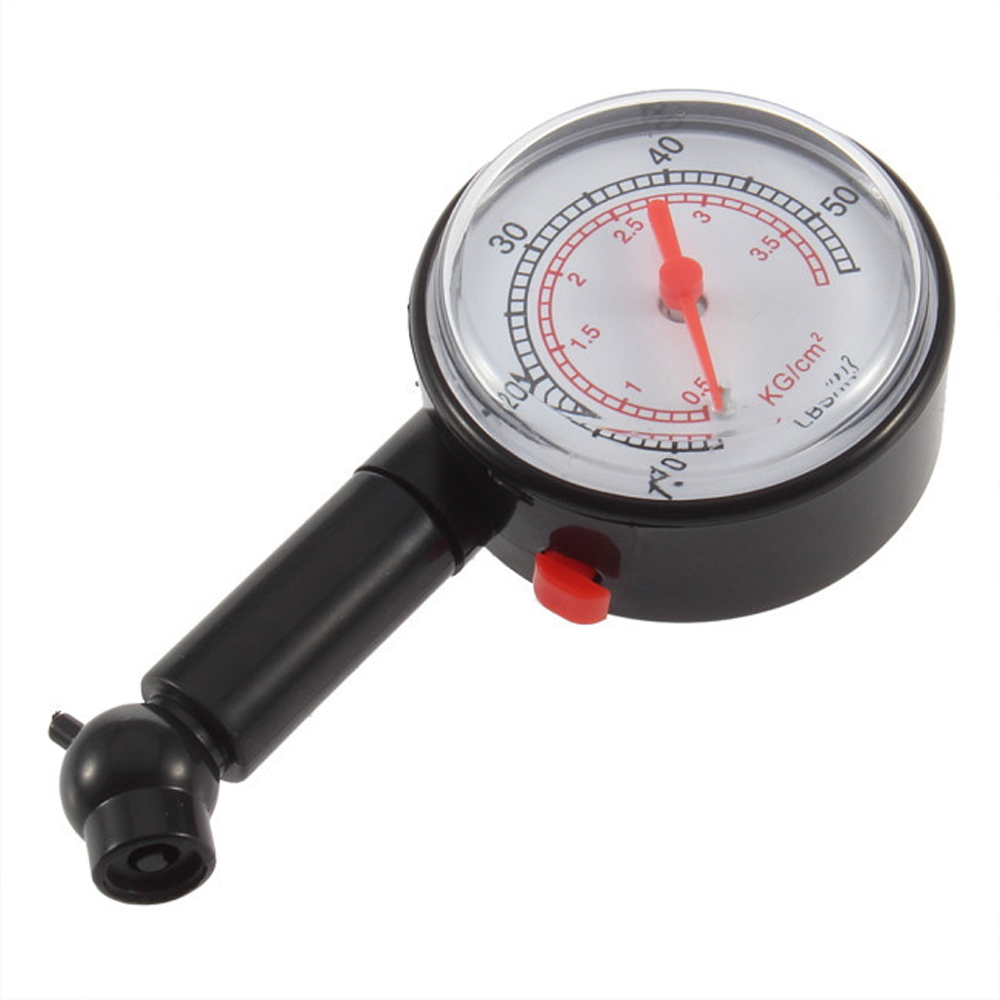
Again, in my head (I didn't need my fingers for this one) I just sorted out that 1700 psi = 110 bar.Īctual conversion using software: 117 bar But, you know, I divided by way less than what I actually had, so I'm just gonna throw another 10 bar at it for good measure. I'm looking for bar, so I'l just add a zero to the 10 and have 100.

Divide by three? Yeah, **** that, I'm gonna divide 15 by 3 and get 5. In my head (and on my fingers) I just now sorted that 170 bar = 2500psiĪctual conversion using conversion software: 2465 psiġ700 psi. We're looking for psi so we just add two zeros. So 25 (I know because I just now counted it using my fingers). We'll call it 8 because that's half of 16. And you'll be close enough for government work.ġ70 bar We'll work from 17. Just work through the 2:3 ratio in whichever direction you need to go and then assume that there's two zeros if you're going into psi and only one if you're going into bar.Īnd, obviously, just squidge it by 100psi or 10 bar in whichever direction you need to go if you wind up working with a number that isn't divisible by 2 or 3. Or you can further streamline this, as I did, because working in smaller numbers makes me feel safer because I am a mathematical nincompoop. To go the other way, from psi to bar: divide by three, take two of those thirds, and take a zero off the end of it.ġ800 psi ÷ 3 = 600 x2 = 1200 remove a zero 120 bar but who cares? You ever have one of those buddies with an AI computer who tells you their pressure to the single digit? Yeah. And gives us a super-easy 2:3 ratio.Īll you need to do to go from bar to psi: add 50% then tack a zero onto the end.ġ60 bar +80 (which is 50%) = 240 tack on a zero and you get 2400psi. Those are actual numbers that an SPG can read. So it stands to reason that if 1 = 15 then 20 = 300. Because **** it pressure gauges aren't that accurate anyway. A pattern I'm pretty annoyed no one ever told me about.ġ bar = 14.5 psiBut for math in our head let's call it 1 bar = 15 psi. If it was my strong suit I'm sure I would have noticed the pattern much, much quicker than the two 90 minute dives it took me today. Instead, every 20 minutes or so, I wound up doing math in my head. I could have just gone lazy about it and just trusted that my 5 minute switches were keeping the tanks even enough. But it's rare that I have to convert so frequently on the fly as I did today, constantly switching sidemount regs and making sure that my tanks were balanced.

I've grown very comfortable switching between the two for gas planning purposes, so talks on the surface were a piece of cake. What's more, in our team we had some people who are used to metric and some used to imperial. Which is in a different format than the SPG on my right tank. Had to resort to the spare sidemount SPG on my left tank. Because I forgot my Teric (again) and, therefore, couldn't use my fancy transmitter. So today I wind up with a sidemount pressure gauge in bar and one in psi. Because I've simply accepted that it is so. You don't see me screaming about how gravity is corny and that we never got a sequel for Buckaroo Banzai, do you? No. Whether you like it or not is irrelevant. So, to convert directly from bar to pounds per square inch, you multiply by 14.503774.Americans, let's take it as a given that the whole rest of the world uses metric. Or, you can find the single factor you need by dividing the A factor by the B factor.įor example, to convert from bar to pounds per square inch you would multiply by 100000 then divide by 6894.757. To convert among any units in the left column, say from A to B, you can multiply by the factor for A to convert A into Pascals then divide by the factor for B to convert out of Pascals. To convert from Pa into units in the left columnĭivide by the value in the right column or, multiply by the reciprocal, 1/x.ĥ00000 Pa / 100000 = 5 bar Multiply by the conversion value in the right column in the table below.ĥ bar * 100000 = 500000 Pa

To simply convert from any unit into pascals, for example, from 5 bar, just Where S is our starting value, C is our conversion factor, and

Psi to bar how to#
How to Convert Units of PressureĬonversions are performed by using a conversion factor. By knowing the conversion factor, converting between units can become a simple multiplication problem: Some are obvious, such as pounds per square inch, but even the SI standard Pascal is actually an expression of one Newton per square meter. Since pressure is derived from force and area, many units for pressure directly relate force to area. Where P is equal to pressure, F is the normal force and A is area. Pressure is a scalar quality reflecting how force acts on a surface.


 0 kommentar(er)
0 kommentar(er)
